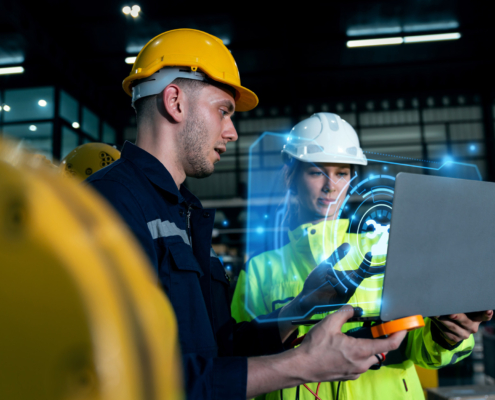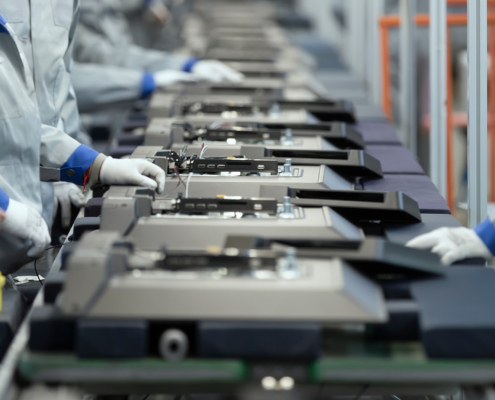The term “smart factory” refers to a manufacturing environment that uses connected, intelligent systems to automate and optimize production processes. Unlike traditional factories, which often rely on isolated machines and manual oversight, a smart factory integrates digital technologies across the entire operation, from the plant floor to enterprise-level systems.
At its core, a smart factory combines cyber-physical systems, IoT devices, machine learning, and cloud-based analytics to enable real-time communication between equipment, systems, and humans. Some defining characteristics of a smart factory include:
- Interconnectivity: Machines, sensors, and controllers communicate in real time.
- Automation: Repetitive tasks are handled by intelligent systems, reducing the need for manual input.
- Adaptability: Systems can adjust to changing conditions—whether it’s a shift in demand, a supply chain delay, or equipment wear.
- Transparency: Data from every process is collected, analyzed, and shared, providing visibility into operations and enabling smarter decision-making.
Where traditional automation may involve pre-programmed machinery doing one task repeatedly, a smart factory uses data and intelligent control systems to make continuous improvements in productivity, quality, and efficiency.
As manufacturers pursue “Industry 4.0” goals, smart factories are quickly becoming the benchmark for future-ready operations. And central to this evolution is the PLC—the brain behind much of the intelligent control and automation.










